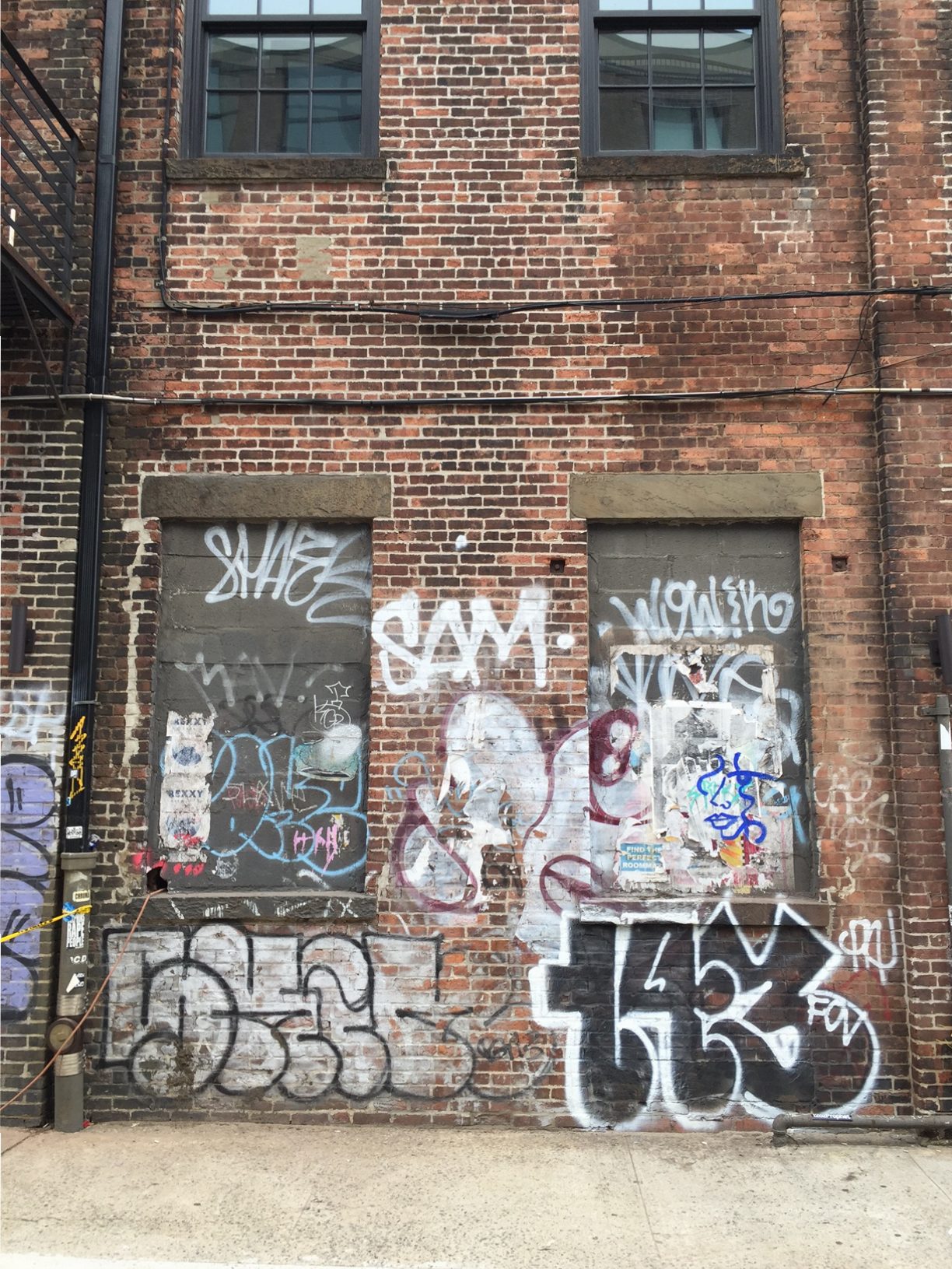Unraveling The Chaos: Vandalism At The Capital
The recent incidents of vandalism at the capital have sparked heated debates across the nation, drawing attention to issues of societal unrest and political discontent. These acts of defacement have not only marred the aesthetic beauty of the capital but have also raised pressing questions about public sentiment and political accountability. As the nation grapples with these events, it is crucial to understand the motivations behind such actions and the broader implications they hold for democracy and civic responsibility.
As citizens witness the vandalism at the capital, many are left wondering: what drives individuals to engage in such destructive behavior? The rise of social media and the pervasive dissemination of information have changed the dynamics of protest and dissent. With a new generation of activists emerging, the methods of expression have evolved, often leading to extreme measures that blur the lines between legitimate protest and criminal activity. This phenomenon invites us to reflect on the effectiveness of traditional forms of advocacy and whether the current state of political discourse has left individuals feeling unheard and frustrated.
Moreover, the vandalism at the capital serves as a wake-up call for leaders and policymakers. It compels them to address the deep-rooted issues that have contributed to the growing divide within society. As we delve deeper into the motivations and consequences of these actions, it becomes essential to foster a dialogue that encourages understanding, empathy, and ultimately, constructive change. This article aims to explore the various facets of vandalism at the capital, shedding light on its significance and the lessons it offers for our collective future.
What Motivates Vandalism at the Capital?
The motivations behind vandalism at the capital are complex and multifaceted. Often, such actions stem from a sense of disenfranchisement and frustration with the political system. Individuals may feel that their voices are not being heard, leading them to resort to extreme measures to draw attention to their grievances. Additionally, social and economic disparities can fuel feelings of anger and resentment, prompting individuals to express their dissatisfaction through vandalism.
How Does Vandalism Affect Public Perception?
Vandalism at the capital can significantly influence public perception of both the act itself and the underlying issues that prompted it. While some may view these actions as a legitimate form of protest, others may see them as counterproductive and damaging to the cause. The public's response can vary widely based on personal beliefs, political affiliations, and social context, making it crucial to consider how these incidents shape the overall narrative around activism and dissent.
What Are the Legal Consequences of Vandalism?
Engaging in vandalism at the capital can lead to severe legal repercussions. Individuals caught defacing property may face charges ranging from misdemeanors to felonies, depending on the extent of the damage caused. Legal consequences not only serve as a deterrent but also raise questions about fairness and justice within the legal system. This aspect highlights the need for a balanced approach to addressing vandalism while also considering the motivations behind such acts.
Can Vandalism Be Considered a Form of Protest?
The question of whether vandalism at the capital can be considered a legitimate form of protest is a contentious one. Advocates argue that such actions can bring attention to critical issues that may otherwise be ignored by those in power. Conversely, critics contend that vandalism undermines the integrity of peaceful protest and can alienate potential allies. This debate emphasizes the importance of understanding the nuances of activism and the varying methods individuals choose to express their dissent.
What Role Does Social Media Play in Vandalism?
In today's digital age, social media plays a crucial role in shaping public discourse and mobilizing movements. The rapid dissemination of information can galvanize support for causes but can also incite impulsive actions, including vandalism at the capital. The ability to share images and videos of protests in real-time can amplify the impact of such actions, creating a viral phenomenon that captures public attention. However, this raises questions about the responsibility of individuals and organizations in curbing destructive behavior.
What Steps Can Be Taken to Address Vandalism at the Capital?
Addressing vandalism at the capital requires a multifaceted approach that includes community engagement, dialogue, and education. Here are some potential steps that can be taken:
- Promoting open forums for discussion to address community grievances
- Implementing programs that educate individuals about peaceful protest methods
- Encouraging civic involvement and activism through constructive channels
- Collaborating with local organizations to foster understanding and empathy among diverse groups
What Can We Learn from the Vandalism at the Capital?
The incidents of vandalism at the capital serve as a critical reminder of the importance of addressing societal issues before they escalate into destructive actions. By understanding the motivations behind such behavior and fostering open dialogue, we can work towards creating a more inclusive environment where individuals feel heard and valued. Ultimately, the lessons learned from this turmoil can pave the way for a more resilient democracy that prioritizes the voices of its citizens.
Conclusion: Moving Forward from Vandalism at the Capital
In conclusion, the vandalism at the capital is a complex issue that reveals deeper societal fractures. By exploring the motivations behind these actions, understanding their implications, and fostering constructive dialogue, we can begin to address the root causes of discontent. Moving forward, it is essential to find common ground and promote peaceful means of expression to ensure that the voices of citizens are not only heard but also respected. The path to healing and progress lies in our ability to listen, empathize, and take meaningful action.
Unveiling The Allure: Alex Skarsgård Naked
Unraveling The Enigma: John F. Kennedy Assassinated
Unveiling The Life And Career Of Stephen Belichick


